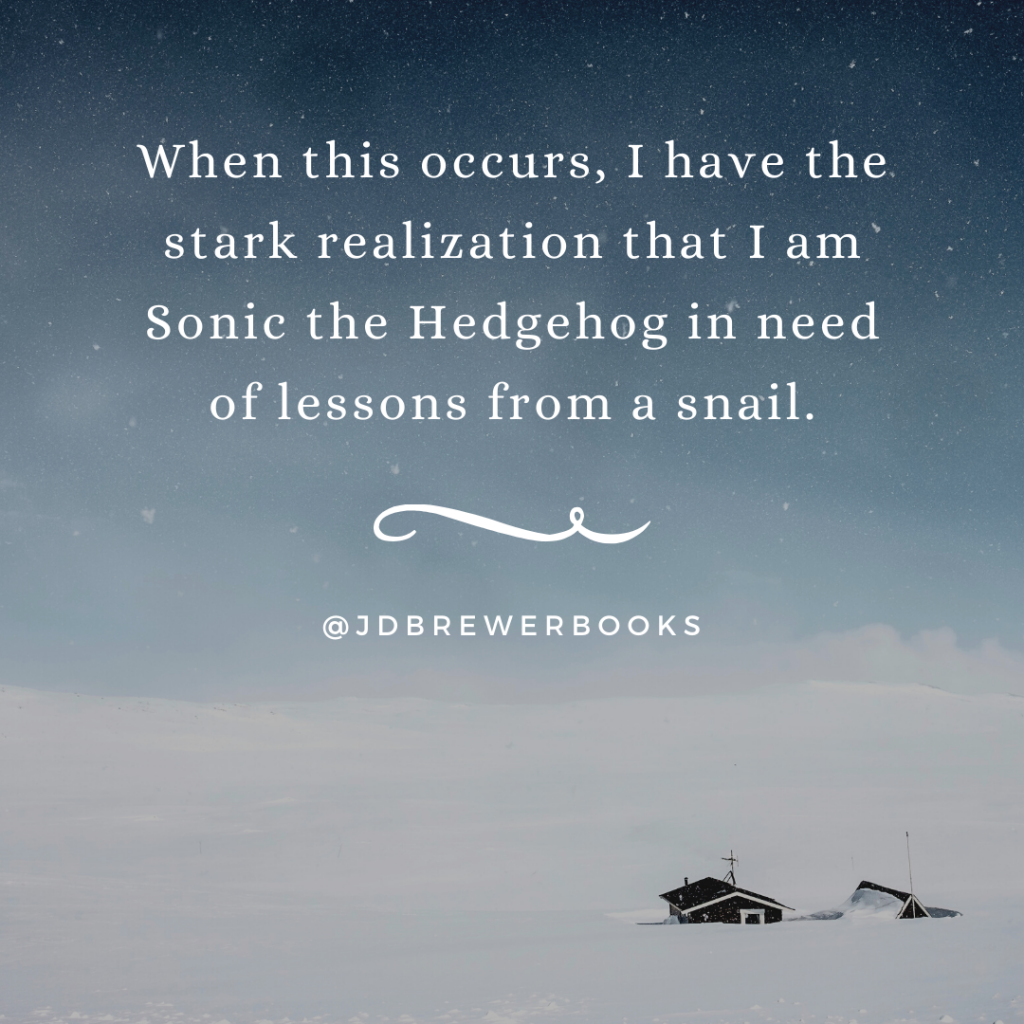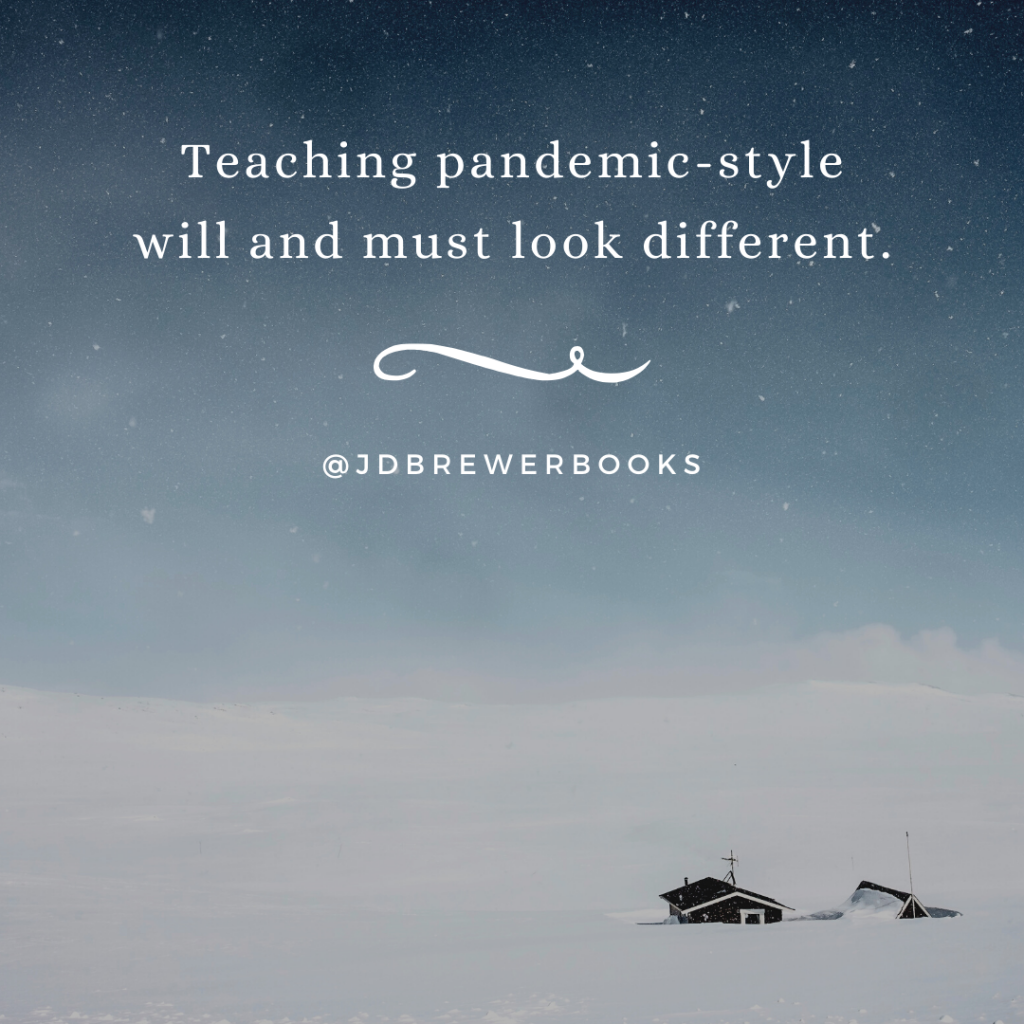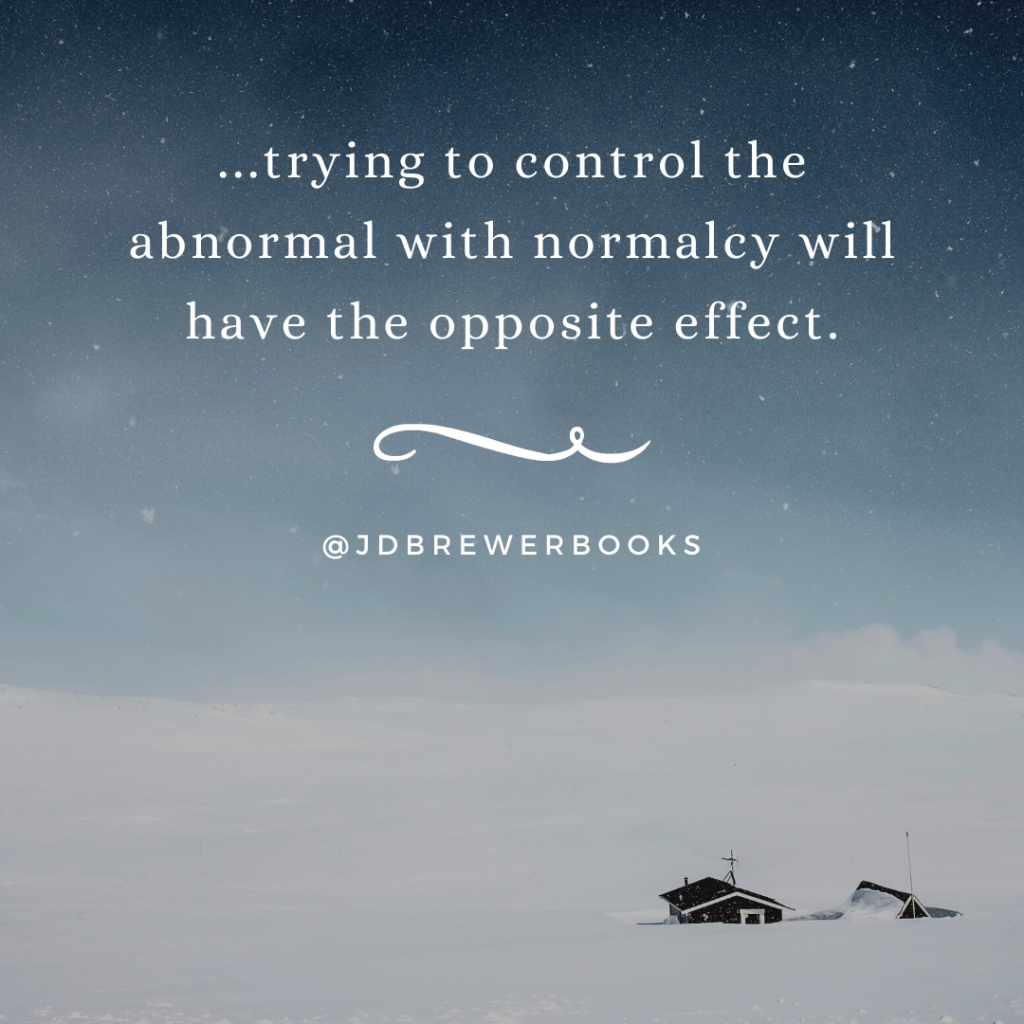I don’t know about you, but when I am faced with calamity, I am reactive by nature (or maybe it’s nurture). Knee-jerk reactions are like comfort food to me, and when big things happen, I go nuclear in a flurry of movement to fix the situation.
Time and time again… The world is in shock, and I am in movement.
I do and speak before thinking.
Perhaps it was the only form of control I ever felt I had. From a young age, the world hit hard over and over and over again, and survival meant doing something about it.
I’d grab that steering wheel called life, swerve to avoid hitting an armadillo or other disaster, then veer into the fast lane of solving all my world problems.
Sometimes, this worked out.
Life would come at me fast, but time slowed down just enough to let me anticipate how to block it, stop it, fix it, or avoid it. I would escape a minor crash and feel accomplished—adrenaline wins rushing through my veins.
But most of the time, I respond to everything that happens in a blur.
Within my habit of fast reactions, I often can’t process the repercussions until days, months, or even years later. By this time, it’s too late to remedy or correct any negative impacts caused, and it becomes just another lesson learned from loss. More often than not, I end up in the gutter or blindsided by something bigger (like a mule-deer)—something that could have been avoided if I had just slowed down and observed my surroundings first.
When this occurs, I have the stark realization that I am Sonic the Hedgehog in need of lessons from a snail.

Six days ago, I turned 36.
I like 36.
So far it has been interesting to me.
My first day into 36, I learned that my toddler enjoys soccer, March green is a vibrant kind of green, Brinner from a cast-iron just tastes better, writing has never felt so good, and spending time with my husband and daughter is something I had been taking for granted in the midst of all this busy.
My first day into 36, I also began the journey of teaching through a pandemic.
A pan-dem-ic.
Anyone who is an educator might chuckle a little, because let’s be real. The word pandemic is the same dance to a different song. We are no strangers to obstacles in all their absurdities because we encounter the absurd on a daily basis. We laugh, cry, or both as we stare it down wild-west-showdown-style and take it on.
Get 150 kids with varying academic needs and life-obstacles to engage in rigorous work while being under-supported, underfunded, and over-tested.
Check.
Throw love at a kid who is reacting to something outside and taking it out on you.
Check.
Teach through a lock-down drill or a rainstorm of tears.
Check.
Sit through a professional development on how to avoid frontal hugs.
Check.
Survive a trashcan fire lit in your portable because they couldn’t get a sub and you had to toggle between two classrooms of 70 kids your first year of teaching.
Check. (Sidenote: Why I kept teaching after that one is still an unsolved-mystery.)
The point is, teaching is this beautifully absurd circus where we face the crazy every day with a smile and a positive attitude.
We are doers. We get it done.
We are a profession of Sonic the Hedgehogs. But currently, we are all in need of lessons from snails.
Teaching pandemic-style will and must look different.

This is a hard thing to internalize, but the past three days have been teaching me well. I (and my coworkers) just spent this week calling students in our advisories to check in on their wellbeing and get a pulse for what their lives look like. We also spoke to parents and heard about how they are handling life during Covid-19. In talking to these students and parents, I was amazed and humbled. What we are all going through is unprecedented, uncertain, and extremely difficult.
Through this process, a few things sharpened for me. It was an inkling planted before us by our principal when she said in a meeting, “For once, I am asking everyone to move slow.” It is an abnormal request at our campus because we are a staff full of professionals used to figuring out fast-paced solutions to a motley of obstacles. However, as I went through these phone calls, I learned to embrace slow.
For once, I am trying to be a snail in a world where everyone else is trying to move.
This week, I’ve come to believe more strongly than ever that before diving into the work of developing online curriculum, we must pause. We must realize that as terrifying as the world looks for adults, it’s a million times more terrifying for kids. They are watching the world face uncertainty, mass death, loss of incomes, and loss of stability. They put on brave faces, but they feel all this heavy in an intense way. Though they are resilient, they see and feel and internalize all of these things that are happening around them and grapple with the fact that they have no control over any of it.
Meanwhile, schools, districts, and families across America are scrambling to fabricate normalcy during an unprecedented time. This attempt to quickly create rigid homeschool schedules and rigorous online curriculums from scratch cause everyone involved to feel overwhelmed, underprepared, and incompetent.
On the educator front, teachers have this want and desire to prevent any gaps in learning. In the name of being proactive, we are digging up resources and racing to figure out online learning all in the name of developing rigorous curriculum that can be accomplished from the comfort of home. Teacher friends are posting about concerns for academic gaps and lost curriculum time. Some are trying things online for the first time in their careers and feeling inadequate. They are also juggling their own households and taking care of their own needs, all while working from home. Anxiety and frustration in the teaching world are at an all-time high, and productive solutions are at an all-time low.
On top of that, all over social media, I see parents posting rigid homeschool plans and ways to stay on top of the academic curve while we all try to flatten the pandemic curve. Parents are starting to realize (if they haven’t before) that teaching is a profession done by professionals. While parents are teachers in all the fundamental life ways, teachers are skilled in molding academic minds. We have studied, trained, and experienced through trial-and-error how to accomplish this, and when parents who aren’t teachers attempt to hold onto the normalcy of school (while trying to also work and parent from home), this quickly starts to feel daunting and impossible. Parents started out this week hopeful but are now posting about home-school fails and getting frustrated at the pressure to schedule each day down to the minute.
Teachers and parents alike are not giving themselves the grace and space to pause and move forward with intention.
I saw a quote by Dave Hollis recently that said,
“In the rush to return to normal, use this time to consider which parts of normal are worth rushing back to.”
For me, the normal I would like to return to involves a focus on intention and purpose. I want my inner-Sonic-the-Hedgehog to find my inner-snail and create a healthy balance of steady responses to problems. In all this rushing, my hope for anyone molding young minds right now (parents and teachers alike) is to pause and look at the bigger picture.
So, if you are teaching and parenting from home, consider the following:
Combatting the Fear of Academic Gaps
No single kid is getting behind because the entire world is officially “behind.” Since everyone is on the same page in this situation, schools are already thinking ahead about how to adjust when things return to normal. Any academic gap concerns will be addressed by an entire army of professionals when this pandemic curve finally flattens.
On top of that, the school year is nearly over, and we are closer to summer now than if this had happened in August. Most subjects are done with the “meat-and-potatoes” of curriculum and started gearing up for test-prep or the reinforcement of concepts. With the cancelation of testing, kids aren’t missing that particular aspect of the normal curriculum.
Curriculum vs. The Human
The curriculum itself is not nearly as important as the humans we raise, and trying to control the abnormal with normalcy will have the opposite effect.

Before academic needs, physical, social, and emotional needs should be met first.
Trying to maintain social connections is just as valuable as attempting a continued academic curriculum. Using Zoom and other online resources to let kids connect with friends and laugh over absurd things only they would understand is necessary and vital to their health and wellbeing.
Equally important is getting kids outside and/or active when possible. Sunshine and movement go a long way towards creating endorphins and a good mental outlook.
Consider Curiosity Based Inquiry as a Learning Tool
The act of learning is not linear, and there is no checklist to perfect the pursuit of knowledge. For things to truly stick, short term and long term memory require repetition, value, and interest. In school, teachers enforce repetition on topics that a kid may lack interest or see value in. We are trained on how to do this. Therefore, while at home, if a kid is interested and sees value on a topic personally, they will seek out this repetition without teacher or parent enforcement. This will make your life easier.
True learning comes from daily interaction with a concept (any concept), and this is a beautiful opportunity to let kids explore interests and develop personal inquiries.
Is your kid obsessed with K-Pop? Shoot them over to Duo-lingo to learn Korean or read a book about Korean history. Is your kid into gymnastics? Find autobiographies of athletes or analyze jumps for mathematical precision. Is your kid into animals? Gardening? Soccer?
Use interest as a tool to get them off Netflix or TikTok and point them into an immersion of interest-based learning. This does not have to look traditional, and curiosity will be more productive than rigid schedules.
Embrace Imperfections and Be Flexible
If you’re trying to live up to Karen down the road who has posted a million pictures of Johnny and Suzy completing 100 calculous equations before designing and building a greenhouse out of recycled plastic, and your kids are revolting… pause to consider why.
They might have internal feels that are not normal right now. If they are bucking against what you’ve carefully laid before them, it might not be coming from normal developmental defiance. It might be coming from an attempt at processing what is going on in the world.
When all is said and done, we must do what works for our families and ourselves. Parents know their kids and what they truly need, so don’t let what other parents and teachers on social media are doing dictate how you run your day. If your kid needs structure, give them structure. If your kid needs to read outside while wearing a face mask and eating popcorn, give them all the outside time they desire. If your kid needs to complete a 1000 piece puzzle after riding their bikes for an hour… you get the drift.
Final Thoughts…
Keep in mind that there is no right or wrong way to live and learn through a pandemic. Parents and teachers alike are discovering on the fly how to create safe and sane environments for everyone trapped in the nuances of social isolation.
My point is, if something feels like it is pressurized and forced, then it may not be working. And, if it is not working, give yourself permission to pause, adjust, and try a different way. Leave room to be imperfect, and when in doubt, focus on the human over the curriculum.
Above all, tread lightly and try to embrace the fact that the world is forcing us all to slow down. We want to run but our feet are currently trapped in molasses. Rather than fight it or let it quicksand us into despair, perhaps it is time to see it as an opportunity to reconnect to the people, interests, and curiosities we value. Perhaps it is an opportunity to reevaluate how we rush through our days, juggling too much with too little time.
Perhaps it is an opportunity to embrace our inner-snail and consider the things we want to work our way back to after normal returns.



